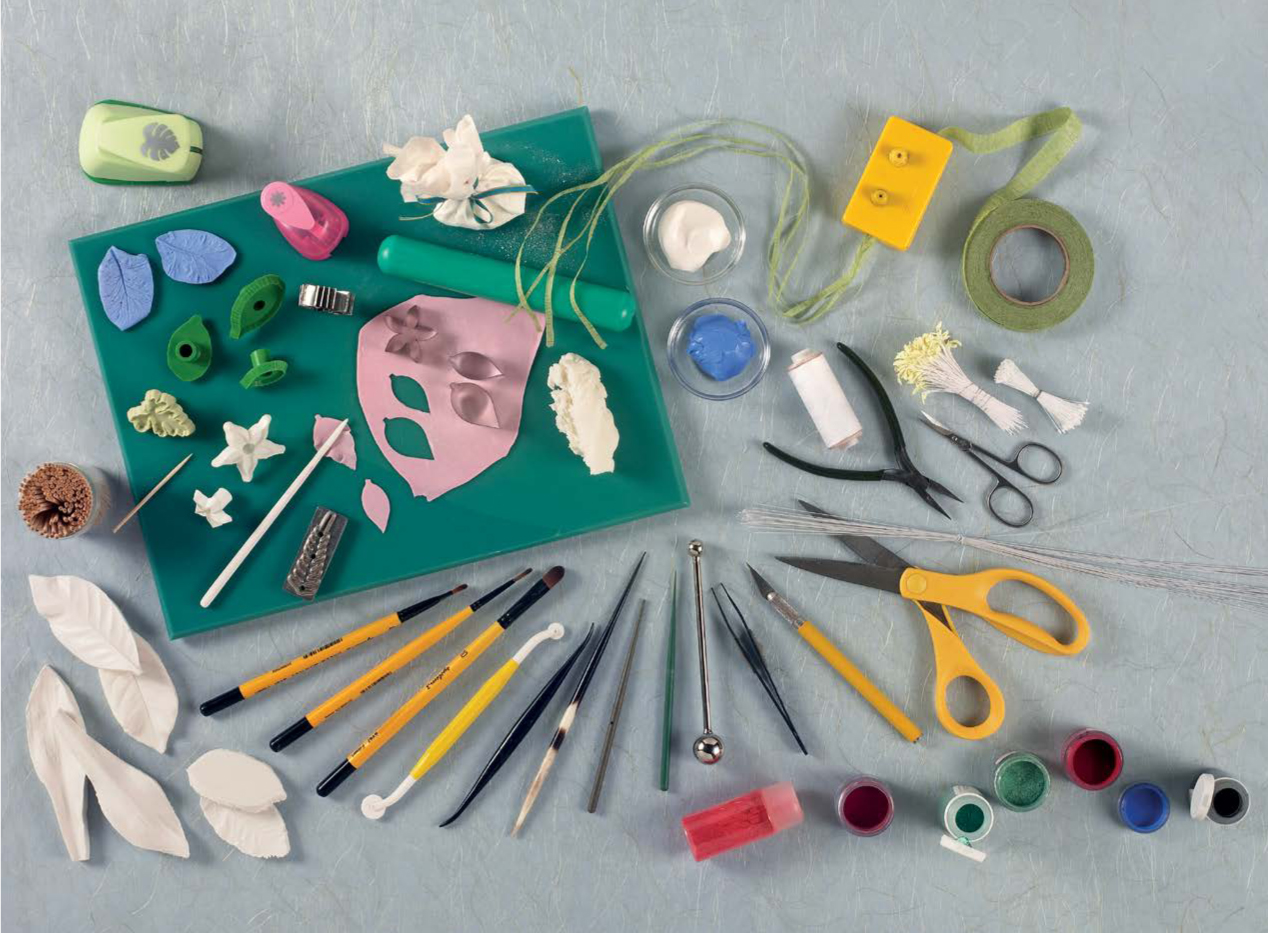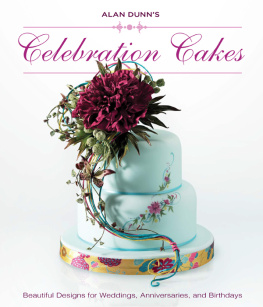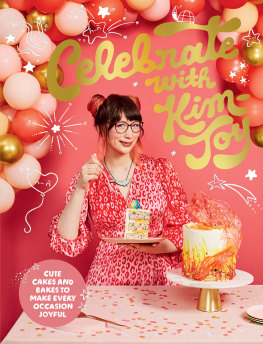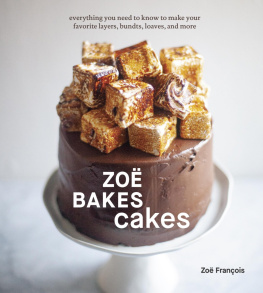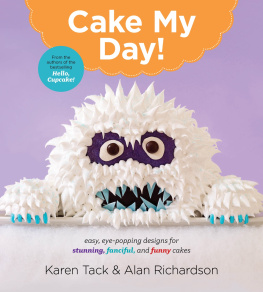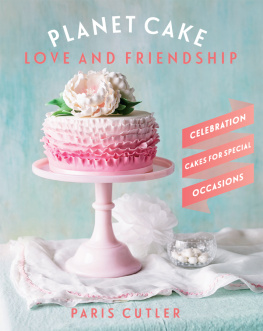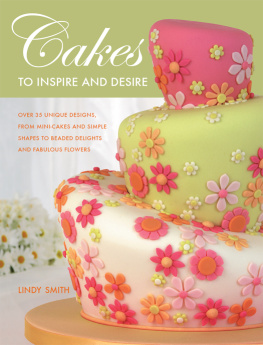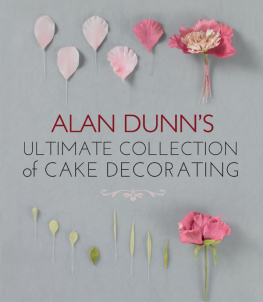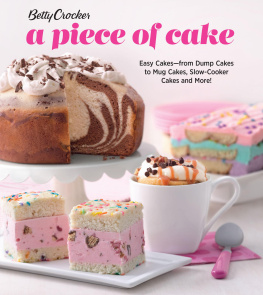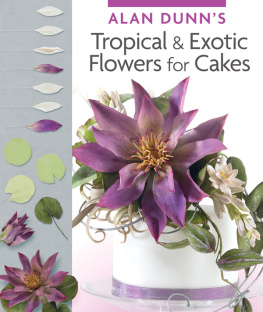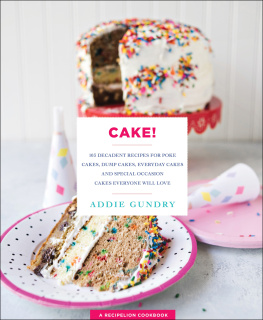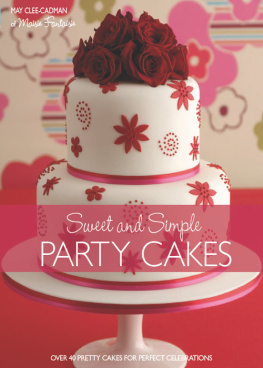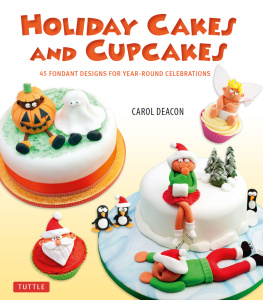Contents
Guide
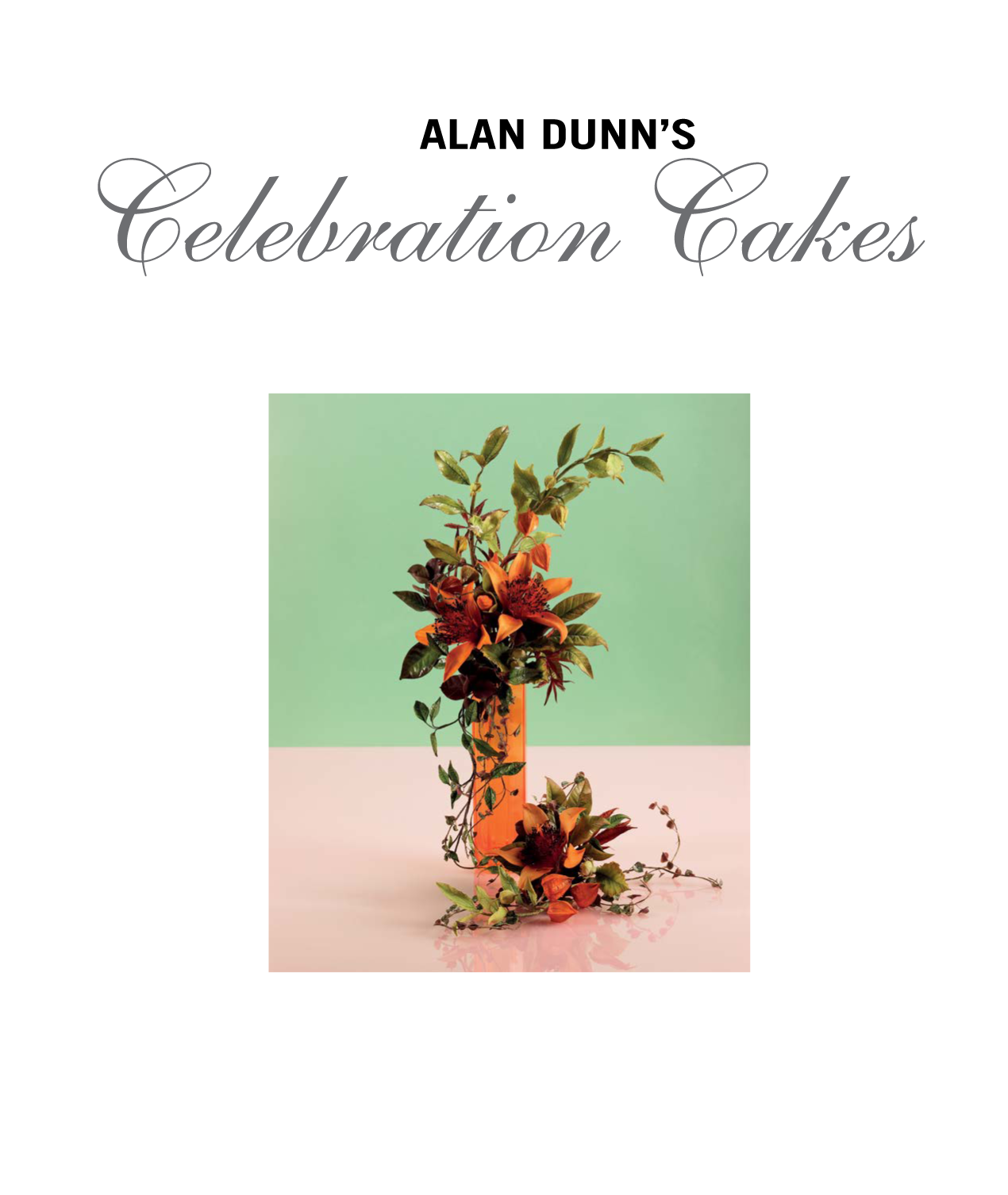
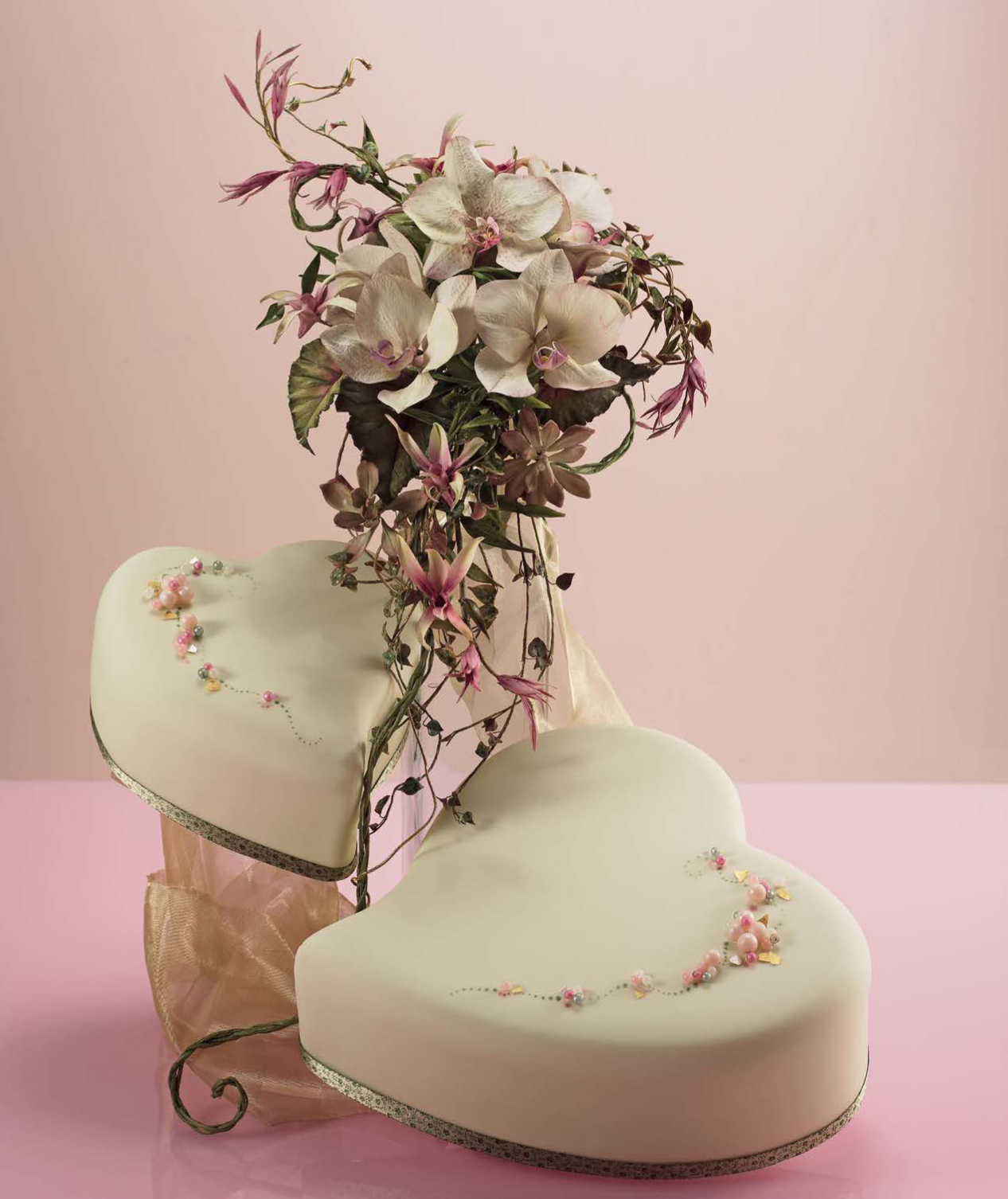
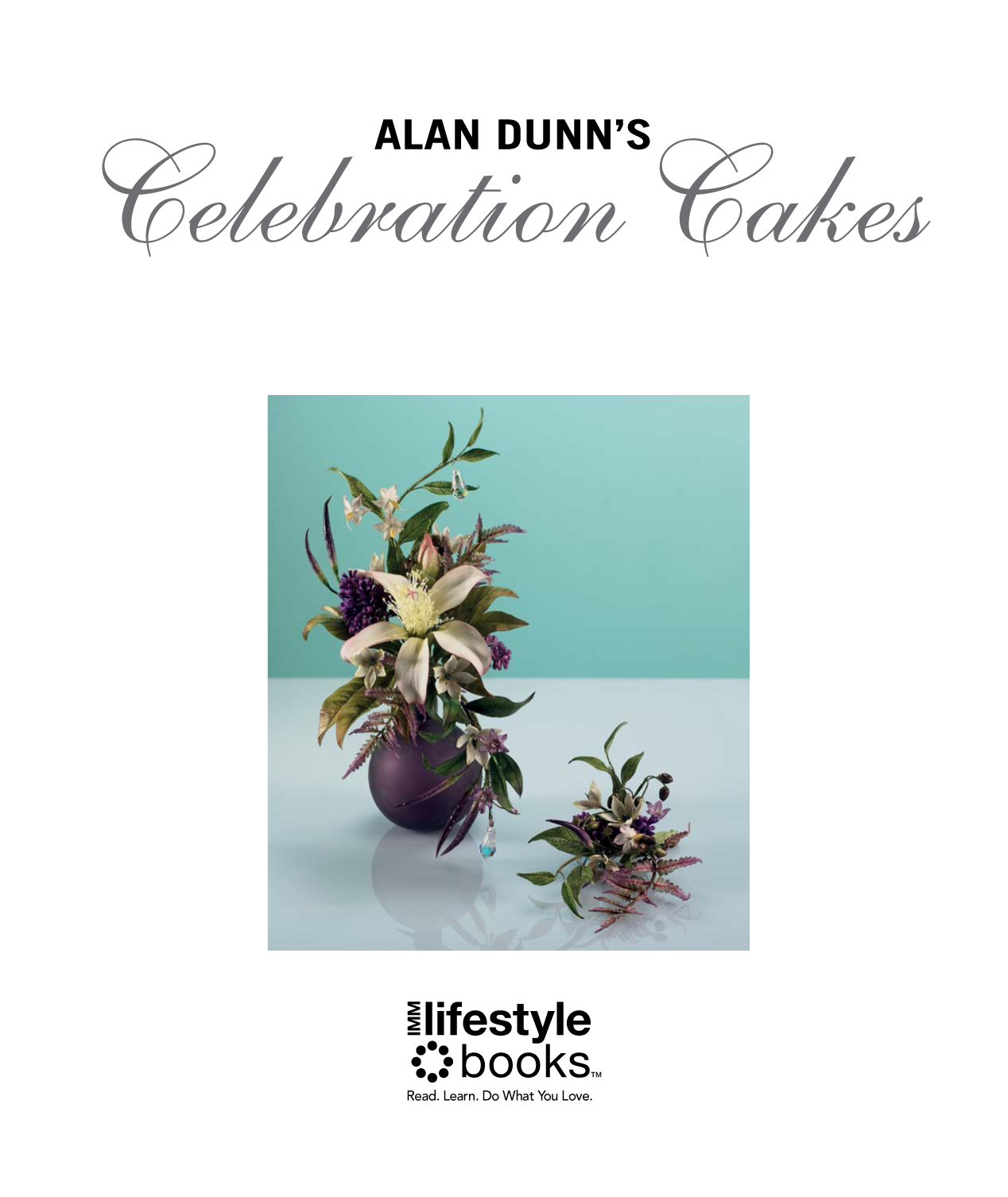
Contents
Introduction
My interest in cake decorating was fuelled at an early age my grandfather was a baker and although he had retired by the time I had taken a real interest, the seeds had already been planted. But it was only later on in my teens that I started developing ideas and designs for what I think of as proper celebration cakes.
In December 1986 I decorated my very first Christmas cake this was not a particularly impressive design and the royal iced coating was so badly executed that it was almost impossible to cut through but it spurred me on to seek cake decorating books from both the school and public libraries. A few months later I discovered some magical books they contained beautifully designed and executed sugarpaste-coated cakes decorated with sugar flowers. It was then that I realised cake decorating was going to play a major part in my life. The next opportunity I had to design a celebration cake was for Mothers Day. I decorated the cake with simple hand-modelled sugarpaste roses this endeavour was much more successful than the previous years Christmas cake attempt and really marked the starting point for my interest and passion for making sugar flowers. The next cake I worked on was for my grandparents diamond anniversary a bell-shaped cake with hand-moulded roses. It was around this time that I attended my first sugar flower class and joined The British Sugarcraft Guild. It was through these classes and monthly guild branch meetings that I realised that sugar flowers could be taken to another level.
This book is a celebration of cakes, flowers, fruit, vegetables and the odd nut too! Flowers and cakes have proved to be a successful combination for centuries and for me too they are a real motivation to strive to create interesting floral designs for any occasion. For years I have included berries, fruits and nuts into my work and for the first time I am now creating vegetables, which are proving to be a really fun addition.
Here, I have tried to create designs that are ideal as impressive centrepieces for most of the major celebrations in life. Many of the cake themes are interchangeable to make them appropriate for other occasions, and hopefully the variety of designs will help you to create an individual style of your own too!
Alan Dunn
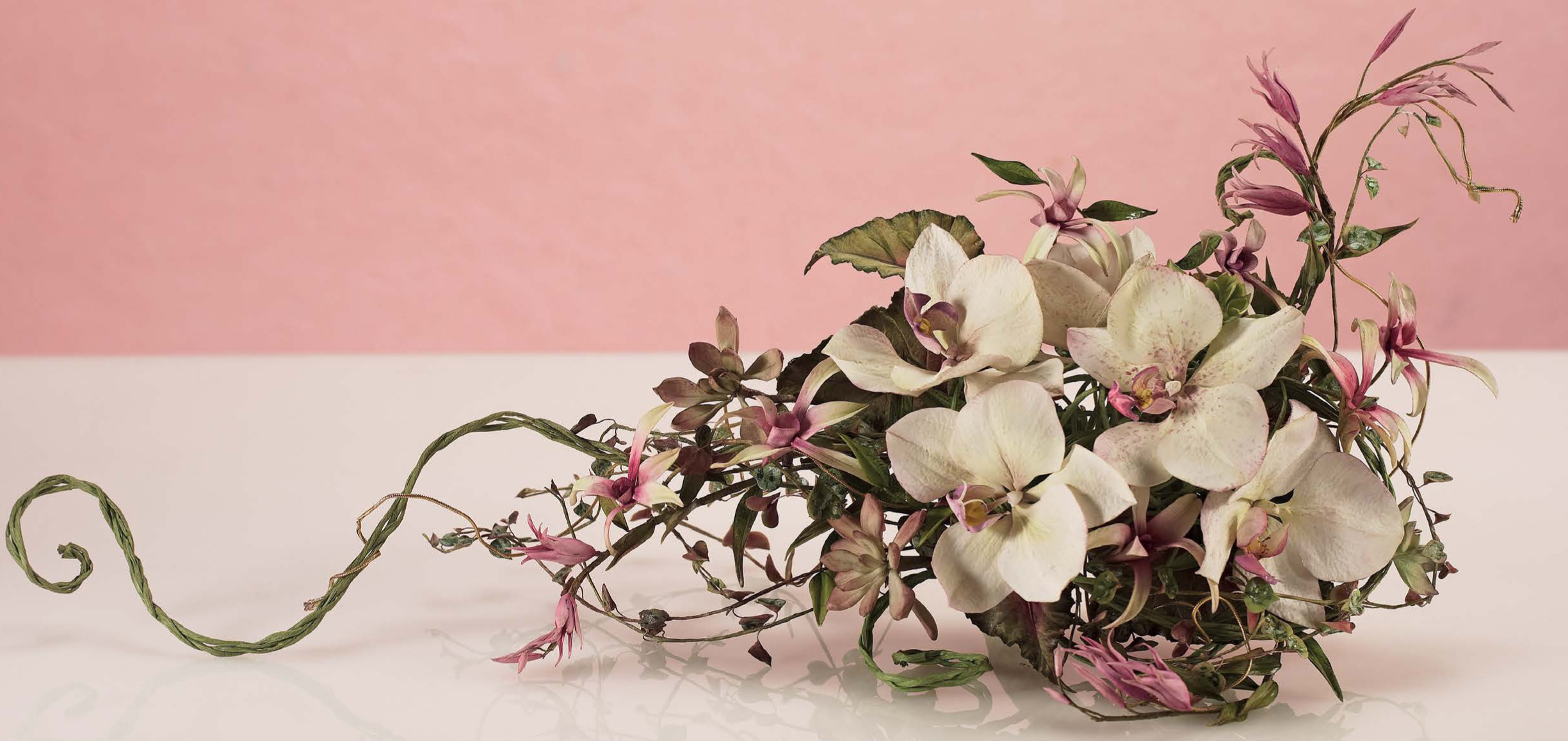
EQUIPMENT AND MATERIALS
There is a huge array of sugarcraft equipment and materials commercially available. Here, a variety of items that I consider to be very useful are listed.
EQUIPMENT
Non-stick board
This is an essential addition to the flower-makers workbox. Avoid white boards as they strain the eyes too much. Some boards can be very shiny, making it difficult to frill the petals against them. If this is the case, simply roughen up the surface using some fine glass paper prior to use or turn over the board and use the back, which is often less shiny. I always apply a thin layer of white vegetable fat rubbed into the surface of the board, then remove most of the excess with dry kitchen paper this stops the paste sticking to the board and also makes you check each time to see if it is clean from food colour.
Rolling pins
Its good to have a selection of non-stick rolling pins in various sizes. They are essential for rolling out flowerpaste, sugarpaste and almond paste successfully.
Foam pads
Foam pads are ideal to place petals and leaves on while you soften the edges especially if you have hot hands that tend to dissolve the petals as you are working them. Prior to buying this product, check that it has a good surface as some have a rough-textured surface that will tear the edges of your petals or leave marks on them. I either prefer the large blue pad called a Billys block or the yellow celpad.
Wires and floristry tape
I buy mostly white paper-covered wires, preferring to colour or tape over as I work. The quality varies between brands. The most consistent in quality are the Japanese Sunrise wires. These are available from 35-gauge (very fine but rare) to 18-gauge (thicker). Floristry tape is used in the construction of stems and bouquets. They contain a glue that is released when the tape is stretched. I use mainly nile green, brown and white tape from the Lion Brand tape company.
Tape shredder
This tool contains three razor blades to cut floristry tape into quarter-widths. I have a couple of tape shredders and have removed two blades from one of them so that it cuts the tape into half-widths. It is often best to use a tiny amount of cold cream rubbed onto the blades with a cotton bud and also a little onto the lid that presses against the blades this will help the tape run smoothly against the blades as it can often stick to an excess of glue left behind from the tape. It is also wise to remove any excess build-up of glue from the blades using fine-nose pliers and also to replace the blades regularly. Handle with care at all times.
Paintbrushes and dusting brushes
Good-quality, synthetic brushes or synthetic-blend brushes from the art shop are best for flower-making. I use mainly short, flat, not too soft bristle brushes for applying layers of food colour dusts to flowers and leaves. It is best to keep brushes for certain colours so that it takes away the need to wash them quite so regularly. I use finer sable or synthetic-blend brushes for painting fine lines or detail spots onto petals.
Petal, flower and leaf cutters and veiners
There is a huge selection of petal, flower and leaf cutters available from cake decorating shops, both in metal and plastic. Petal and leaf moulds/veiners are made from food-grade silicone rubber. They are very useful for creating natural petal and leaf texturing for sugar work. The moulds have been made using mostly real plant material, giving the finished sugar flower a realistic finish. Like the flower cutters, there is an impressive selection of commercial veiners to choose from.
Posy picks
These are made from food-grade plastic and come in various sizes. They are used to hold the handle of a spray or bouquet of flowers into the cake. The food-grade plastic protects the cake of contamination from the wires and floristry tape used in the construction of floral sprays. Never push wires directly into a cake.
Stamens and thread
There is a huge selection of commercial stamens available from cake decorating shops. I use mainly fine white and seed-head stamens, which I can then colour using powder colours. Fine cotton thread is best for stamens. I use lace-making Brock 120 white thread, although some thicker threads may also be useful for larger flowers. An emery board is great for fluffing up the tips of the thread to forms anthers.
